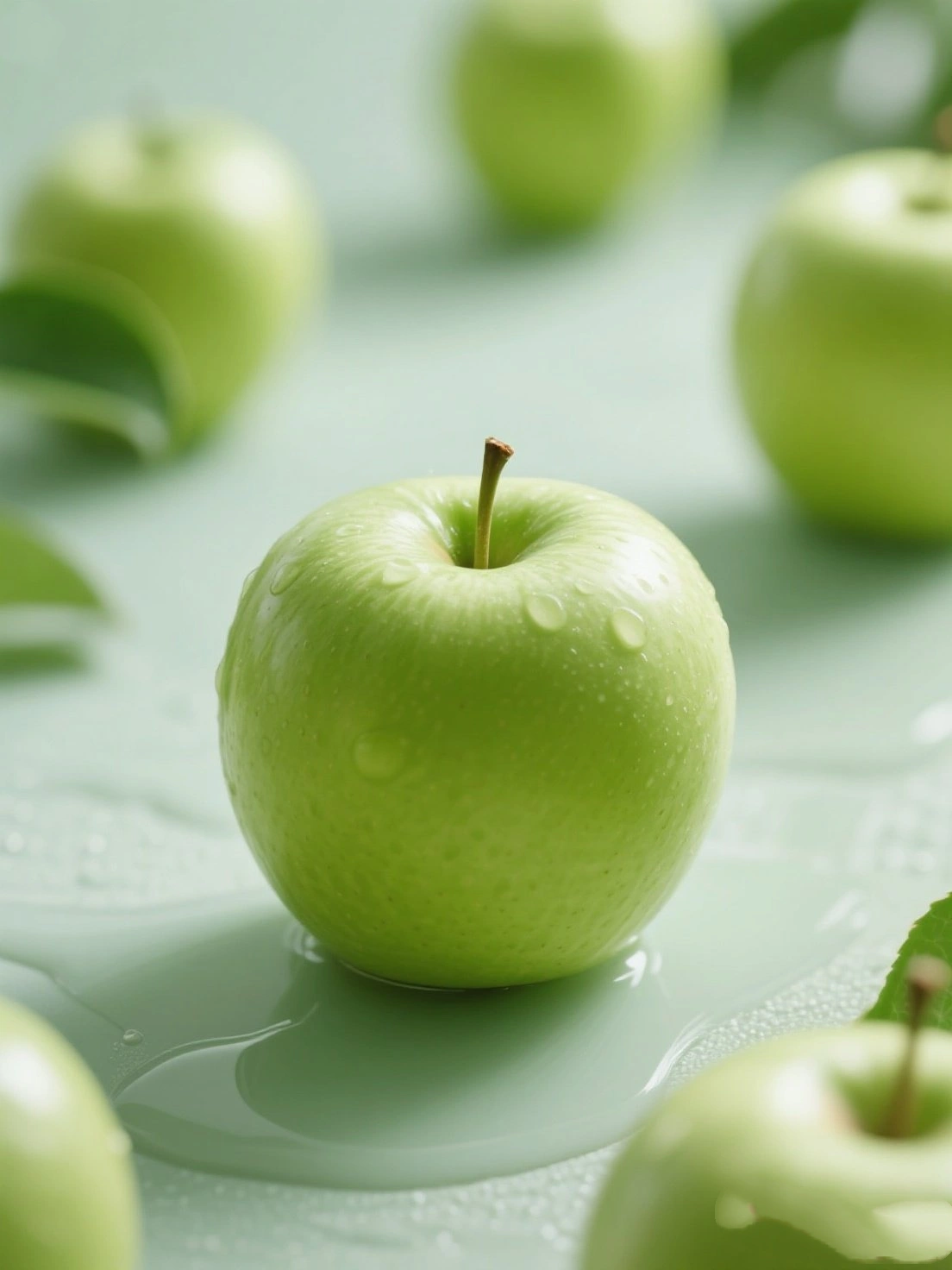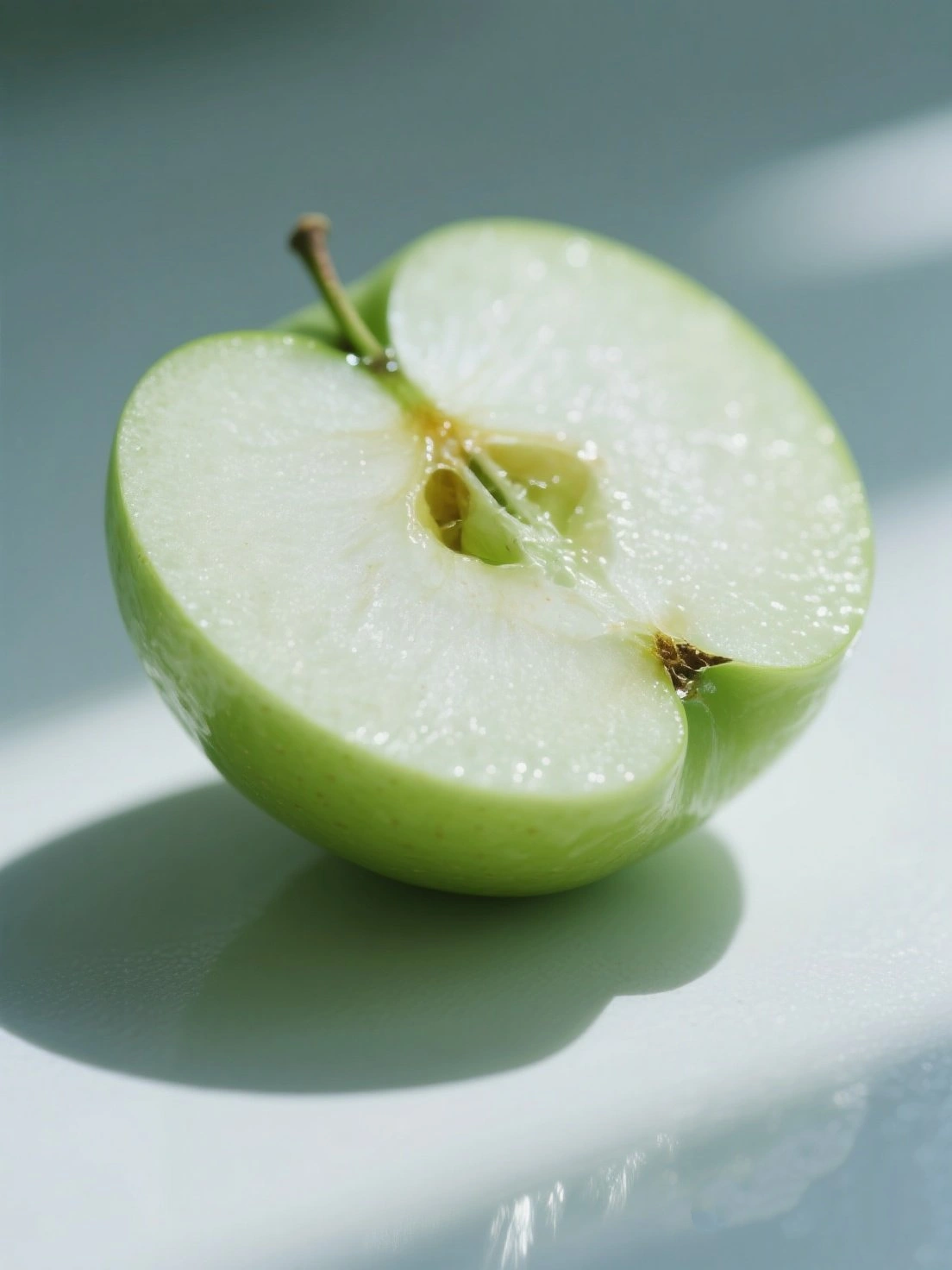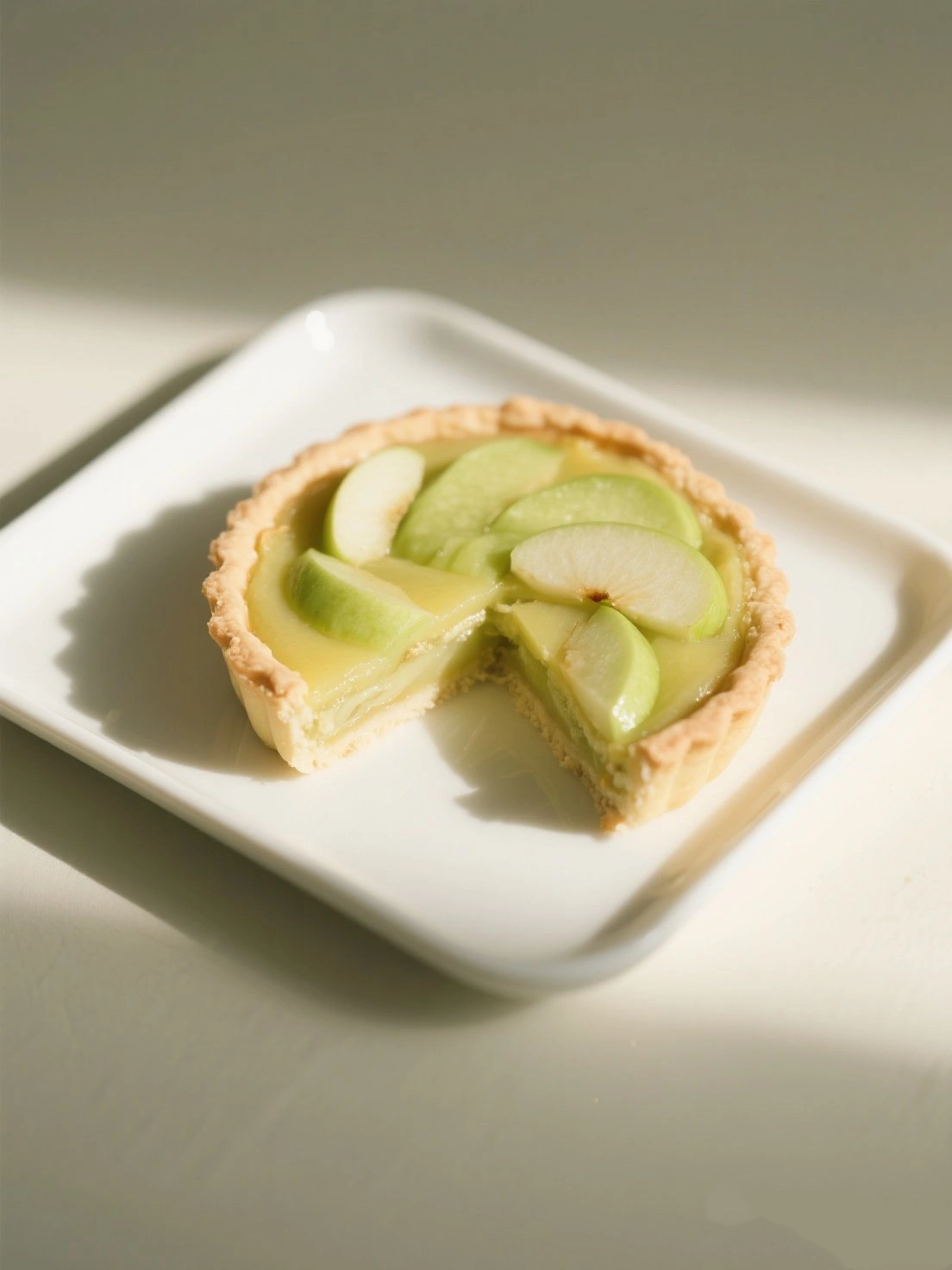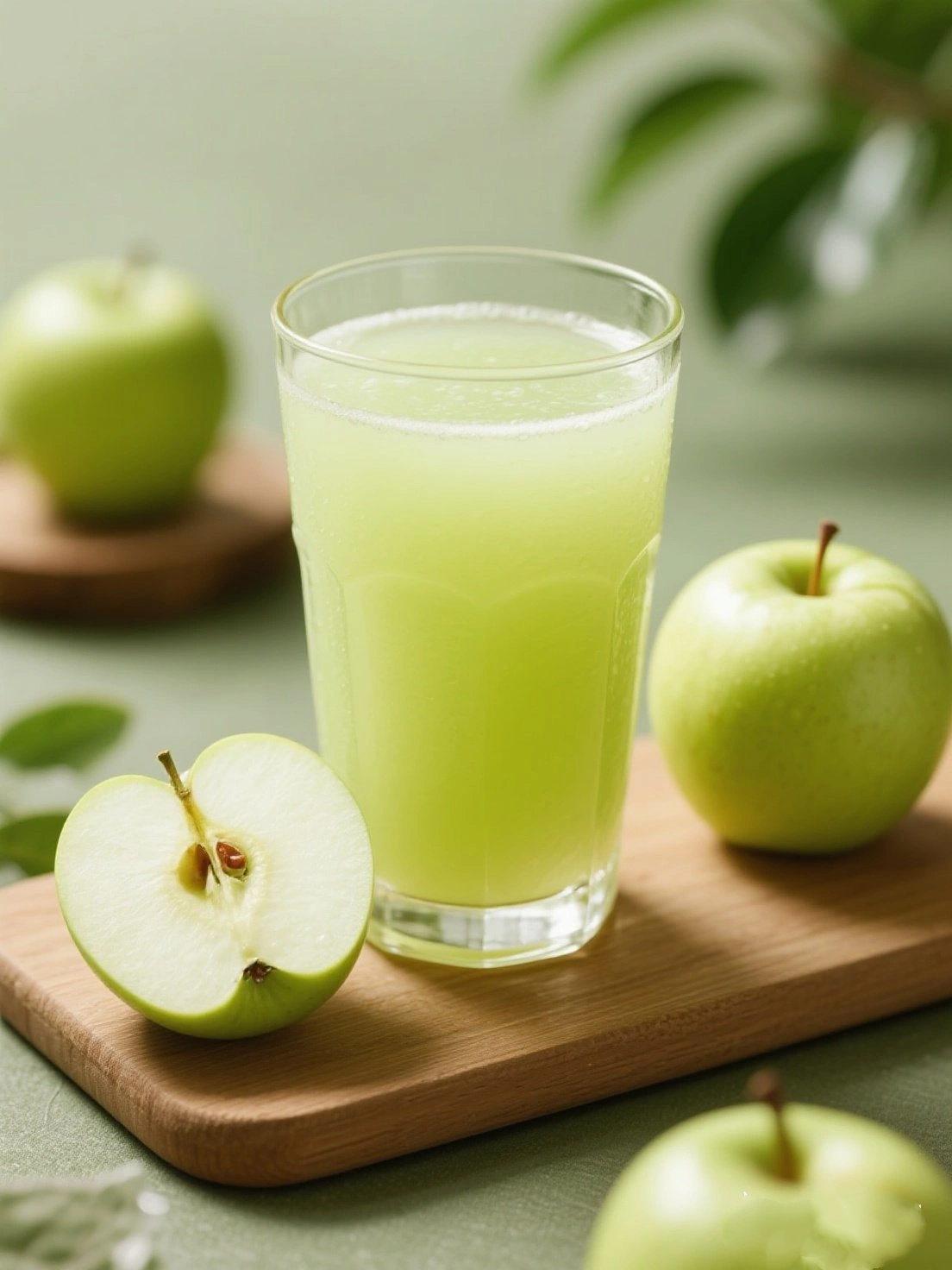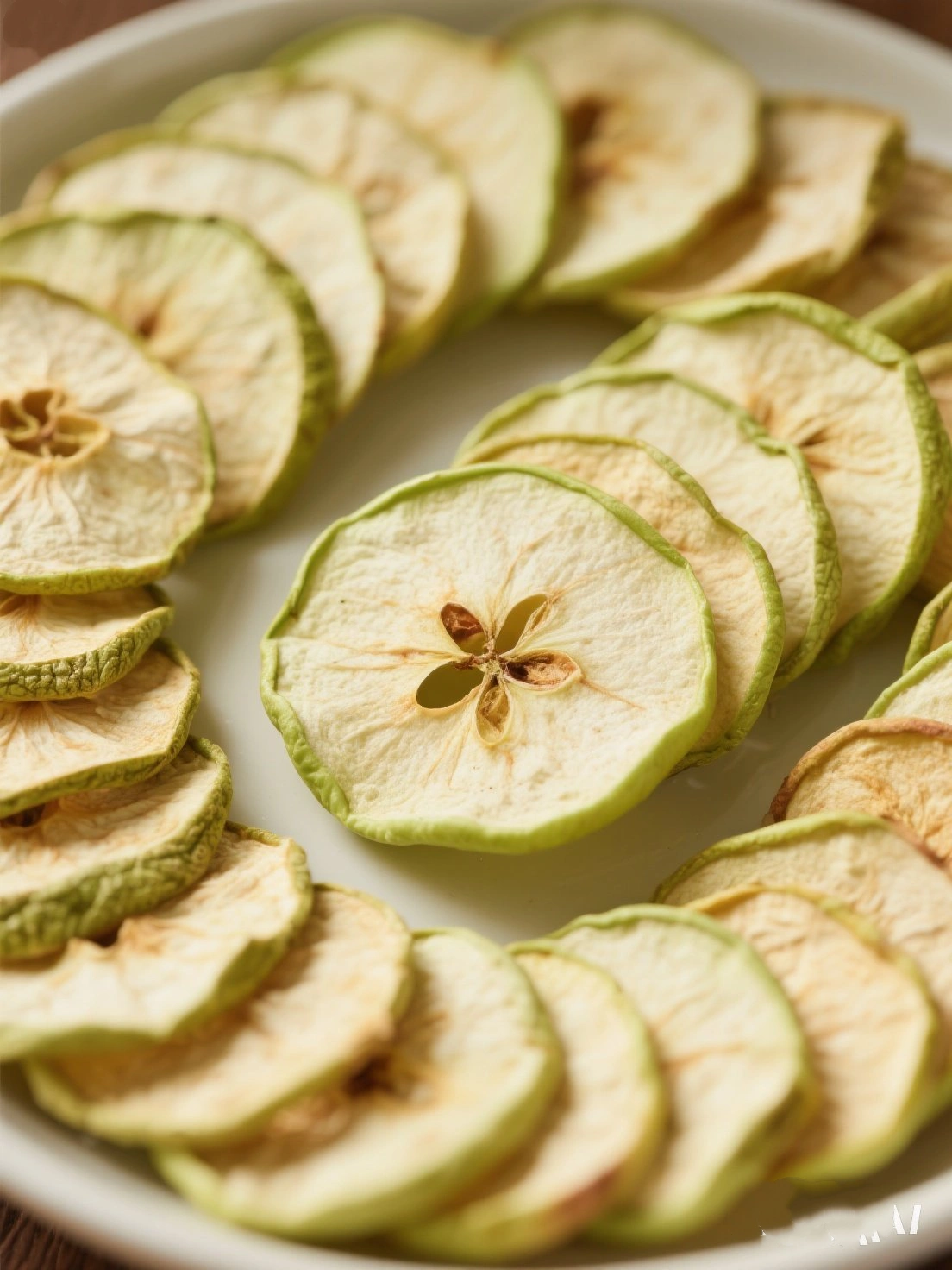Green apples (Malus domestica) trace their origins to the mountainous regions of Central Asia, where wild ancestors still grow today. The Chinese name for apple (苹果 - píngguǒ) literally means "peace fruit," reflecting its symbolic importance in Chinese culture. While red apples dominate many markets, green varieties like Granny Smith, Crispin, and Pippin offer a distinctive tart flavor and firmer texture.
In Traditional Chinese Medicine, green apples are considered cooling and slightly sour. They are used to generate body fluids, quench thirst, and lubricate the lungs. Ancient Chinese physicians recommended apple preparations for dry coughs, constipation, and to counteract rich foods. The peel was particularly valued for its digestive benefits.
Today, China is the world's largest producer of apples, with green varieties gaining popularity for their lower sugar content and higher acidity. Modern research has confirmed many traditional uses, particularly their benefits for gut health and blood sugar regulation. The crisp texture and bright flavor make green apples ideal for both cooking and fresh eating.

